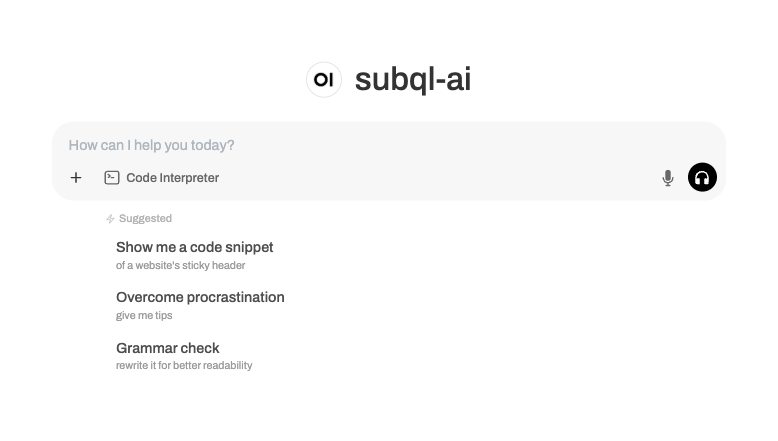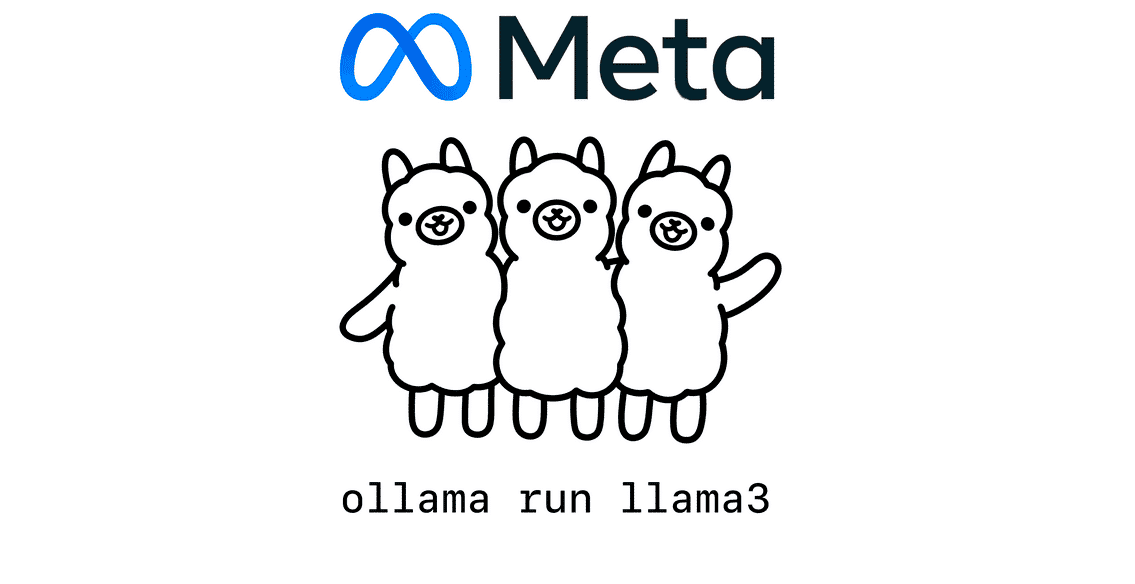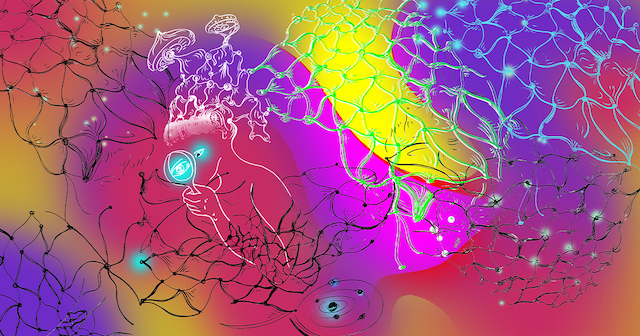Shift Your Vision
You’ve probably heard the term neuroplasticity. It’s our brain’s ability to change, to form new connections and create new pathways, throughout our lives. Think about the route you take home from work every day. You probably feel like you could walk it with your eyes closed. Switching routes would feel weird, but it wouldn’t be … Continued The post Shift Your Vision appeared first on Lumi Power Yoga.
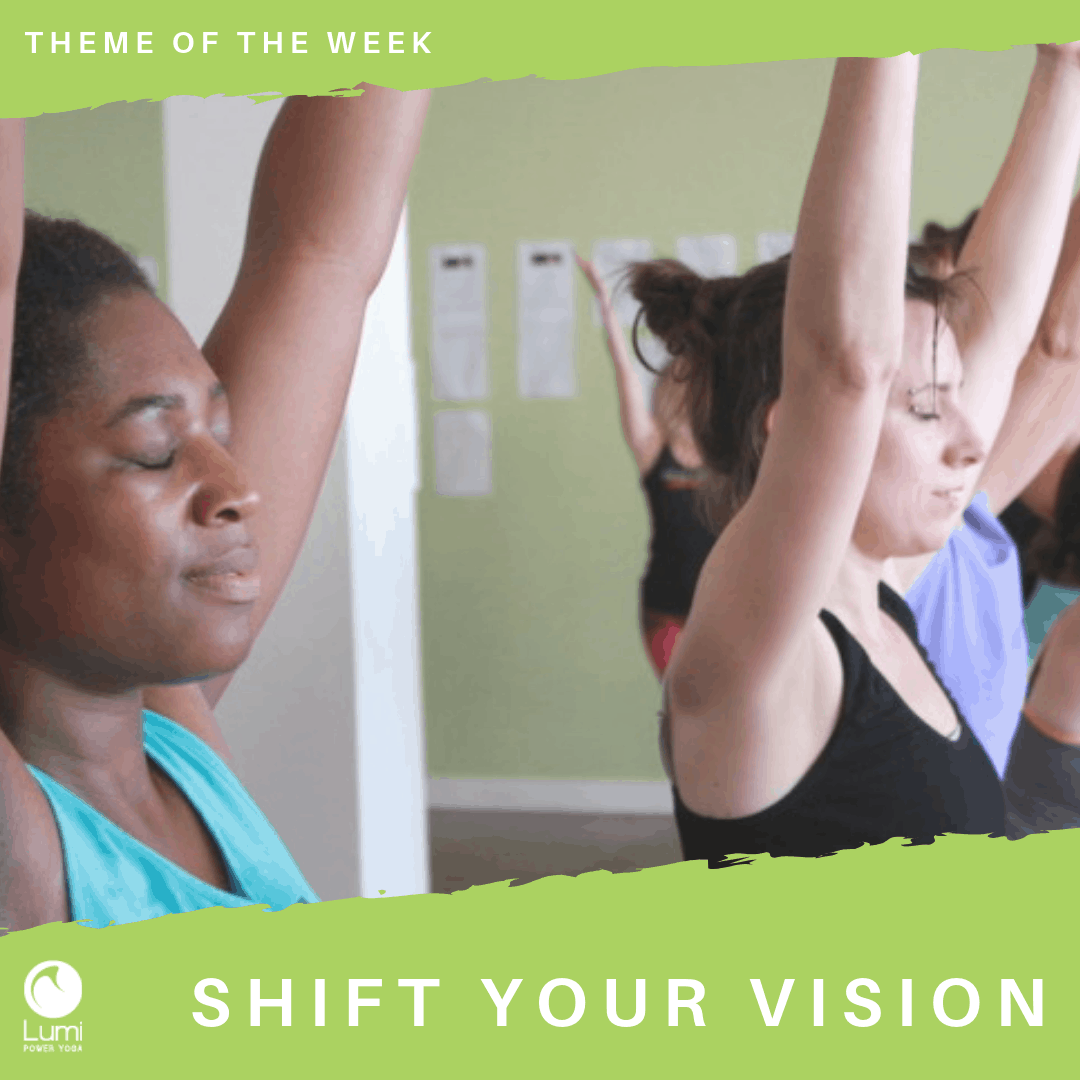
You’ve probably heard the term neuroplasticity. It’s our brain’s ability to change, to form new connections and create new pathways, throughout our lives. Think about the route you take home from work every day. You probably feel like you could walk it with your eyes closed. Switching routes would feel weird, but it wouldn’t be long until you got used to it. Your “new” path would eventually become just as familiar.
Our brain works in much the same way. If you’ve ever learned to play a musical instrument or speak another language, you’ve experienced first-hand a massive brain change. At first, the notes or words on the page looked like an unintelligible jumble. But after months, years, of study and repetition, your brain learned how to see those notes or words in a whole new way. What was once scribble became music; what was once gobbledegook became Russian.
And your brain’s ability to change isn’t limited to learning new skills. Consider whether you have a default reaction to disappointment or failure. It could be anger, frustration, or sadness. But it doesn’t have to be. You can learn to shift your vision. Just as black dots became music, so can a setback become an opportunity, a stepping stone, or dodged bullet.
I recently attended a workshop led by an experienced yoga teacher who exuded confidence, ease, and kindness. My natural reaction was to compare myself to her, to think, I’ll never be that comfortable in my own skin in front of other people. (Unsurprisingly, my “I’m not good enough” brain pathway is well-trodden.) But when I recognised this thought, I realised I didn’t have to have it. I could start to create a new pathway.
So I chose instead to see the teacher’s confidence as an inspiration, something she had accomplished and something I could aspire to accomplish. When I taught my own yoga class later that evening, I imagined I was just as comfortable and capable. I accepted that, just like learning how to speak Russian, making that confidence second nature was going to take a lot of practice. And I realised that I had the power to see myself as good enough after all.
But were do you begin when you want to shift your vision? The most important step is to recognise the patterns and perspectives you already have—your default reactions and ways of seeing things. And to do that, you must first learn to pause. In the beginning, that pause will only come after you react, in reflection. Eventually, it will be when you are on the precipice of reacting. You will take a deep breath in, stop, and ask yourself, how am I seeing this situation?
Then you must decide—what vision do you want to have? Do you want to see the possibility rather than the limitations in yourself and those around you? Do you want to see what we all have in common rather than what divides us? As Mastin Kipp wrote, “If you choose to see everything as a miracle, then where you right now is perfect.” And remember, you always have that choice.
Ellie Norton is a 2018 Lumi 200-hour Teacher Training graduate and a passionate yogi and writer. You can read more of her reflections on her blog, What I Learned This Week.
The post Shift Your Vision appeared first on Lumi Power Yoga.
What's Your Reaction?










![The Usability Testing Playbook [Expert Tips & Sample Questions]](https://www.hubspot.com/hubfs/usability-testing-1-20250305-3357250.webp)






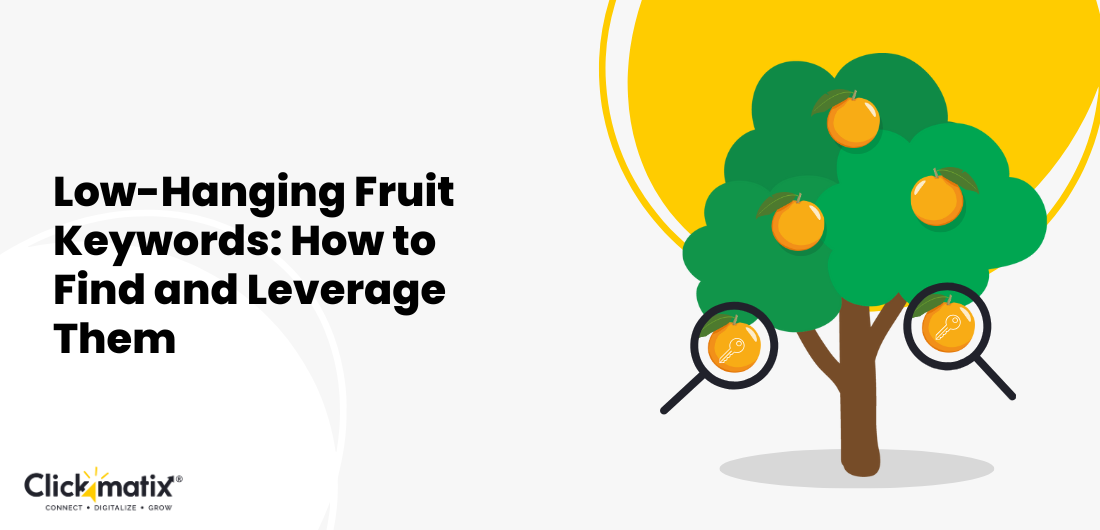





















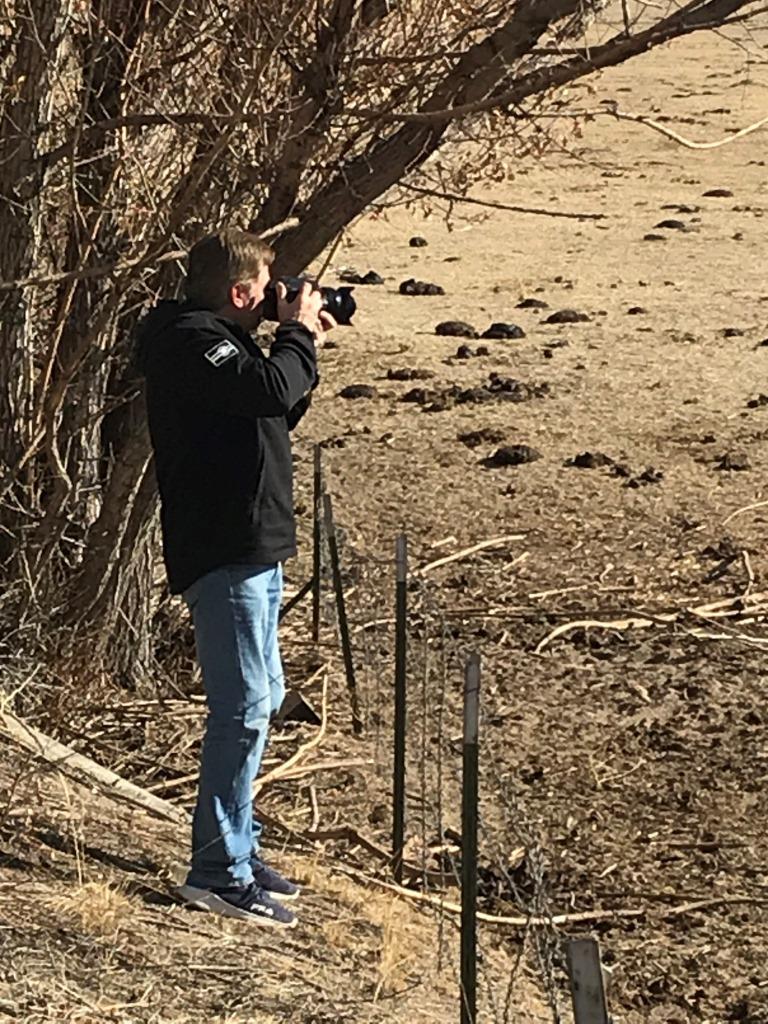

.png)





















